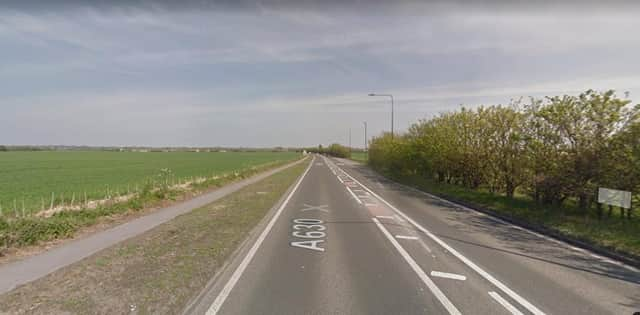While the number of accidents causing death or injury has fallen by a sixth in the past five years, road safety charity Brake has said more should be done to catch and punish dangerous drivers.
The Department for Transport (DfT) said it is making vital improvements to some of the country’s most dangerous stretches of road.
Analysis of Government data on crashes which cause injury or death show:
The A501 through City of London, is the stretch of main road with the highest number of serious accidents per mile;
The M4 in Slough is the motorway stretch with the highest number of serious accidents per mile;
Serious crashes are more likely to happen on a Friday and in the hour between 5pm and 6pm;
Drivers are more likely to be male and be aged between 26 and 35.
A spokesperson for road safety charity Brake said there were steps drivers could take to prevent accidents, such as slowing down, not using mobile phones when driving and getting their eyesight tested regularly.
But the spokesperson also said there needs to be “greater investment in road traffic enforcement so that people who do drive dangerously and break the law, endangering themselves and all other road users, are caught and punished”.
The DfT said allocation of crime-fighting resources is a matter for chief constables, in conjunction with police and crime commissioners.
The department said that busier roads will have a higher number of accidents but that “vital improvements” were being made to the road networks.
A spokesperson said: “We are committed to improving road safety across the country, and the Safer Roads Fund will provide vital improvements to the 50 most dangerous stretches of road in England.
“In addition, we launched a Road Safety Action Plan last year which set out more than 70 measures to reduce the number of people killed and injured on our roads.”
A Transport Scotland spokesperson added: “We remain committed to working with our road safety partners to deliver a coordinated approach to road safety to secure the ultimate vision established in Scotland’s Road Safety Framework to 2020 and beyond, where no one is killed on our roads.
“Road deaths are not an inevitability.”
A message from the Editor:
Thank you for reading this story on our website. While I have your attention, I also have an important request to make of you.
In order for us to continue to provide high quality and trusted local news on this free-to-read site, I am asking you to also please purchase a copy of our newspaper.
Our journalists are highly trained and our content is independently regulated by IPSO to some of the most rigorous standards in the world. But being your eyes and ears comes at a price. So we need your support more than ever to buy our newspapers during this crisis.
With the coronavirus lockdown having a major impact on many of our local valued advertisers - and consequently the advertising that we receive - we are more reliant than ever on you helping us to provide you with news and information by buying a copy of our newspaper.
Thank you
Nancy Fielder, editor
Analysis of Government data on crashes which cause injury or death show:
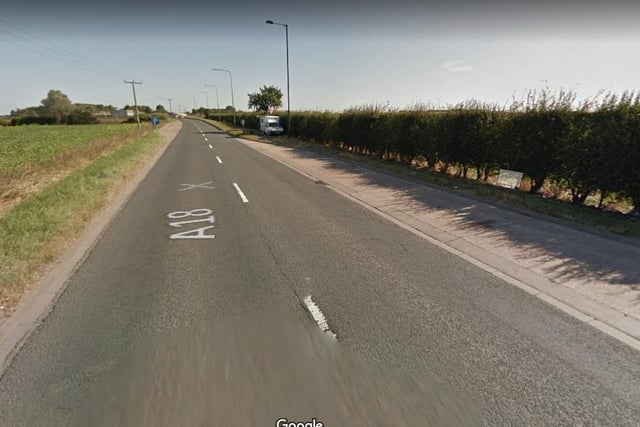
5. NDFP-12-05-20-a18-NMSY-upload
There were 190 road accidents which caused casualties on the A18 between 2014 and 2018. Photo: Google Maps
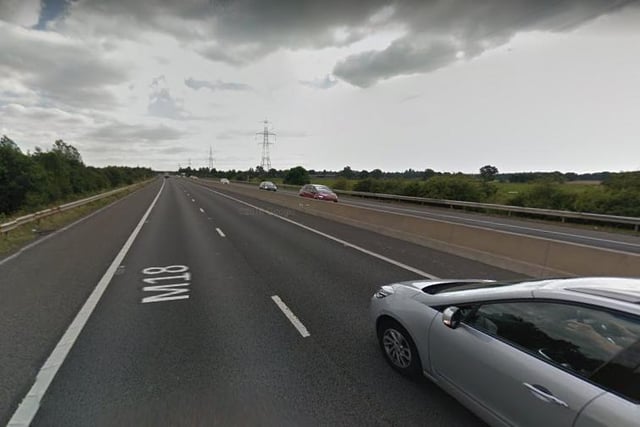
6. M18
There were 190 road accidents which caused casualties on the M18 between 2014 and 2018. Photo: Google Maps
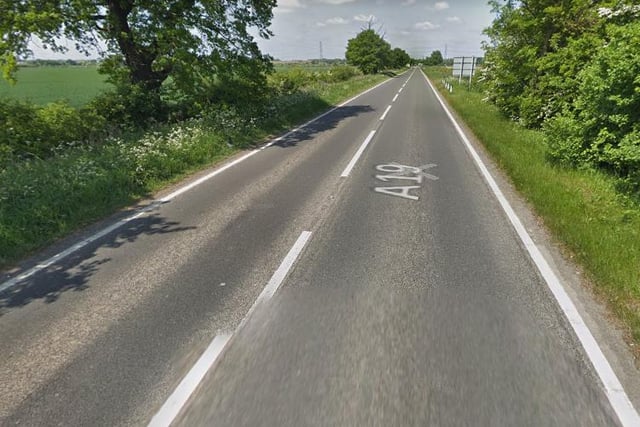
7. A19
There were 140 road accidents causing casualties on the A19 between 2014 to 2018. Photo: Google Maps
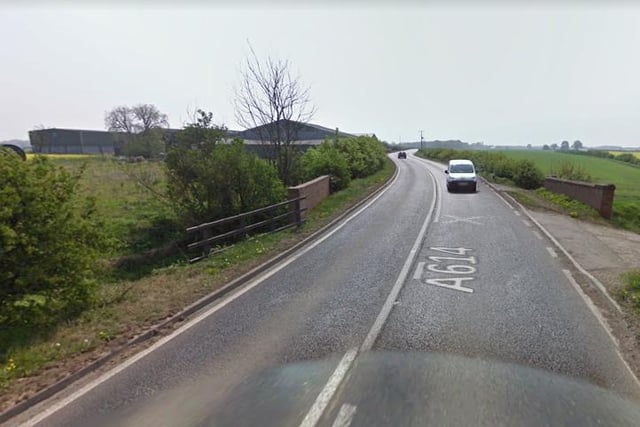
8. A614
There were 80 road accidents causing casualties on the A614 between 2014 to 2018. Photo: Google Maps
